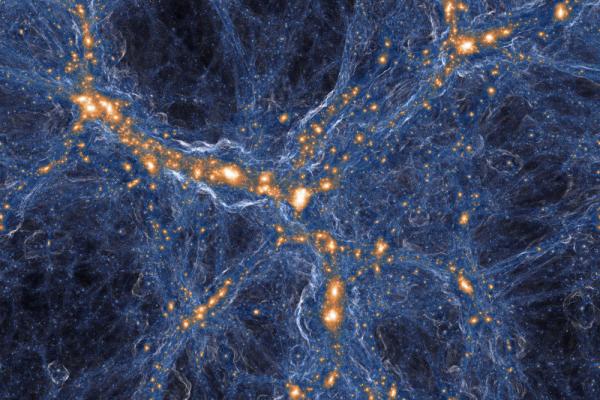
The growth of supermassive black holes is dominated by galaxy merger-free processes
Abstract:
The strong correlations that are found between supermassive black hole (SMBH) mass with velocity dispersion, stellar mass, and bulge mass have long been interpreted as the co-evolution of galaxies and their SMBHs through galaxy mergers. However, a flurry of new results, both observational and theoretical, have suggested that galaxy mergers may not be the dominant mechanism powering this co-evolution. I shall review these findings and present results showing that merger-free galaxies have SMBHs up to a billion solar masses and have substantial energetic outflows powered by the active galactic nuclei (AGN). In addition, I will present work in collaboration with the Horizon-AGN simulation team showing that merger-free evolutionary processes also lead to the co-evolution of galaxies and their SMBHs. This has interesting implications: if both galaxy-merger-driven and galaxy-merger-free SMBH growth leads to co-evolution, this suggests that co-evolution is regulated by AGN feedback in both scenarios. AGN feedback is thought to be a key regulator of co-evolution and is considered necessary in cosmological volume simulations employing lambda-CDM, yet the role of AGN feedback in the absence of mergers is currently unknown. I will therefore discuss the future observations needed to understand the role of this understudied merger-free co-evolution pathway.
